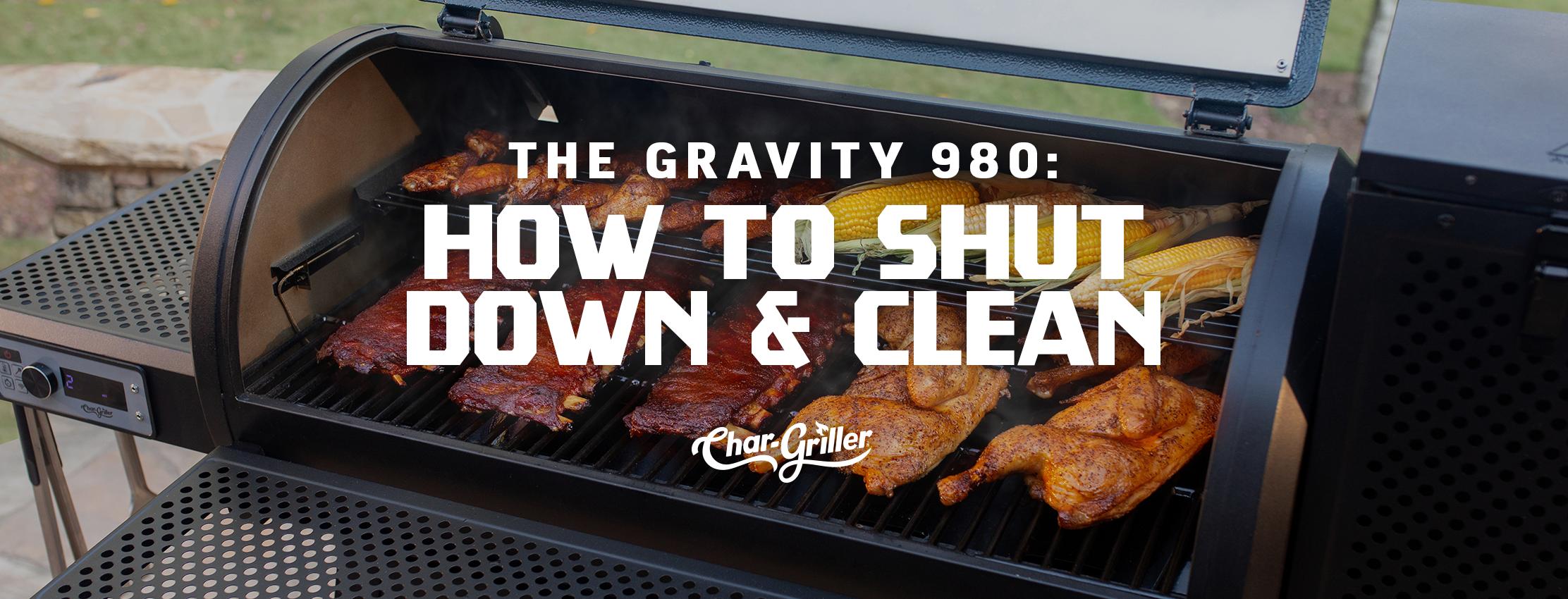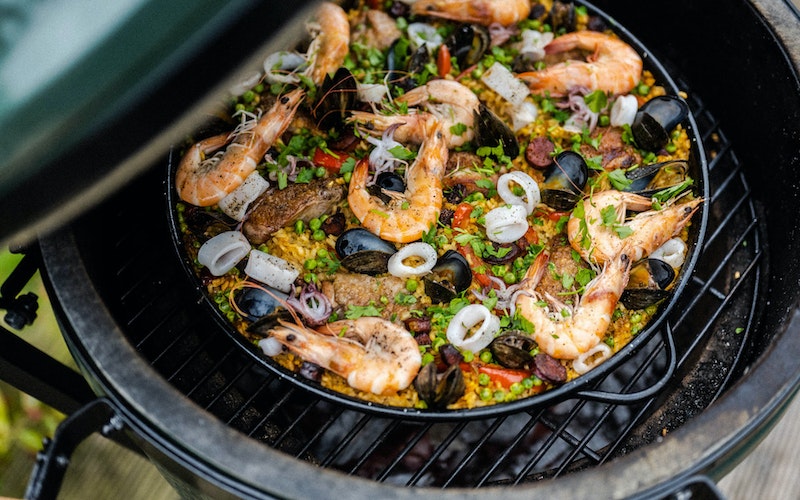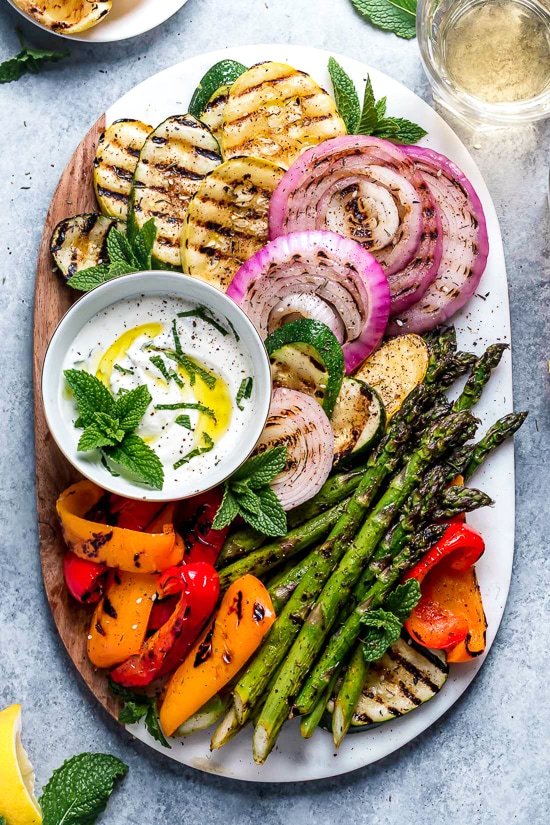
Cooking halibut is relatively easy, but you should know how to check the internal temperature of halibut before serving it. There are several reasons for cooking fish to the correct internal temperature, including moisture content, taste, and texture. Cooking halibut to the proper temperature will make the fish firm, flaky, and cooked through. You should not overcook this fish. Otherwise, it will become dry. To avoid this, cook it in plenty of butter and oil.
The optimum halibut internal temperature is 125 to 135 degrees Fahrenheit, and it should reach this temperature after about 10 to 12 minutes of cooking. Fillets of halibut should reach temperatures in the 125-135, Fahrenheit area. Pan-frying or baking halibut is possible. Once the fish reaches this temperature, it can be served pan-fried, baked, or dipped in sauce. Since then, restaurants have stopped buying halibut because of the strict regulations. Due to the high price of halibut, there was less demand. Halibut has therefore become cheaper.

To ensure that halibut is cooked at the proper internal temperature, it's essential to prepare it properly. Lower temperatures can cause the connective tissue in halibut to become unpleasantly hard. Therefore, it is essential that you check the temperature before cooking. Before serving, make sure to check the internal temperature with a fork. Cooking it to this temperature ensures a juicy, tender, and flaky piece of fish. At this temperature, the meat will seperate easily and flake easily. Flaking will become part of the fish's texture after it has been cooked. It should be flaky with a firm, but not chewy texture. Hence, this is one of the best halibut temperatures.
Ideally, you should cook halibut until it reaches 145°F in about 20 minutes. But you should not let the time determine how long it takes to cook halibut. The length depends on the thickness, internal temperature and the fish. Cooking time is not a key factor in the final cooking process. However, the internal temperature of the fish will be the most important factor in determining if it is cooked to perfection.
Halibut can be fried or pan-seared for a tasty fish and chips. Deep-frying it with beer batter and seasoned flour mixes is a great way to make it taste good. Deep-frying halibut requires that you always test its internal temperature by using a thermometer. Pan-frying the fish can be done before you cook it. If your halibut isn't fully cooked, you may finish the cooking in an oven.

You may brine the halibut to make it firmer. Salt water can help to firm the flesh. It also makes it easier for the meat to stick together in the pan. Also, the salty brine can help to form pellicules. The skin of halibut is not as chewy as you might think, so you should remove it before cooking. This is a wonderful choice for a healthy and delicious meal that's high in quality.
FAQ
How Much Does it Cost to Learn Culinary Arts Skills?
It is not easy to find a culinary arts degree that costs less than $40,000. A four-year degree in culinary arts typically costs around $40,000. A two-year associate's program may be less expensive at $5,000. Tuition rates depend on the type of program you select. Private institutions charge higher prices than public ones.
What should a beginner chef learn?
For beginners, it is best to begin with something simple like pasta, rice or soup. Learn how to cook with a recipe book, YouTube video or other resources. Cooking with others is more enjoyable. You can cook together as a family or with friends.
How long does cooking take? What time do you need to learn how to cook?
It all depends on your skill level. Some people can learn basic cooking techniques in as little as a week. Others might take months or years before they feel confident enough to teach themselves how to cook.
The time it takes to learn how to cook will vary depending on who you are. Someone who has never been to the kitchen before might need more time than someone who does it regularly. Certain types of cooking require more skill than others. Baking is more difficult than frying.
Focusing on a particular technique is the best way to speed up your cooking skills. You can then move on to the next technique once you have mastered it. It doesn't matter how long it takes to master a particular technique. Just keep practicing and enjoy the process.
Statistics
- You'll be amazed that over 90% of CIA students receive scholarships and grants to finish their culinary studies. (ischoolconnect.com)
- under 10 Kids have been taught that there is special food just for them, and Fiese says that 10 percent of kids will throw a tantrum if they don't get the food they want. (washingtonpost.com)
- In the United States, the category is estimated at $23.2 billion annually and is growing faster than the market. (washingtonpost.com)
External Links
How To
How to make a perfect Omelette
Omelets are my favorite breakfast dish. But how do you make them perfectly? Many different recipes and methods have failed to work for me. Today, I'd like to share some tips with you in order to make delicious and fluffy omelets every day.
First, eggs can be very temperamental ingredients for making omelets. The eggs must be fresh from an organic source and kept at room temperature until they are ready to be cooked. The yolks and whites will not form properly if they aren't kept cold enough. This can make your omelets look bizarrely colored. It is best to use room-temperature eggs if you are going to cook them right away.
Another tip is to separate your egg before adding it into the pan. You don't want any white to get mixed up with the yolk because this could cause the omelet to curdle.
The egg can burn if it is placed directly on the stovetop. Instead, heat the egg for 10 seconds in the microwave before placing it in the pan. The microwave heat cooks the eggs just right without overcooking them.
Next, let's talk about mixing the eggs. Mix eggs well together. To do this, take the bowl from the mixer and flip it upside-down. Next, shake the bowl vigorously. This allows the air to be whipped and the egg to be mixed thoroughly.
The fun part begins - you need to pour the milk into your mixture. Pour half the milk into the beaten egg mixture and then fold in the eggs. Do not worry if you see streaks of egg; they will disappear when the omelet is flipped.
After folding the eggs fold the pan onto medium heat. When the oil starts to hot, wait for the pan to cook. Once the oil has gotten hot, add 1/4 cup of butter and swirl it around so that the entire pan is coated. Open the lid and sprinkle salt on the pan. Salt will prevent the omelet sticking to the pan.
Once the omelet has formed, cover the pan again and wait for the top side to set completely. Flip the omelet over using a spatula or flip the pan upside down. Cook the opposite side for another minute. Take the omelet out of the pan and immediately serve.
This recipe is best made with whole milk. However, it can also be used with skimmed milk.